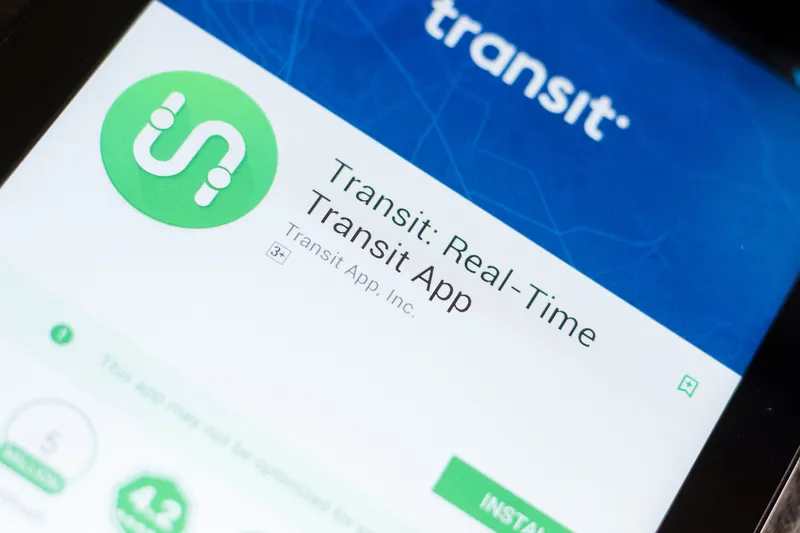Uber’s recent integration with the Transit app in nearly 50 US cities enables users to combine Uber with public transportation, says the company.
June 1, 2017
Read time: 1 min
Now, when riders are in an Uber vehicle and their destination is a block away from a transit stop, upcoming departure times will begin to show in their Uber feed. The data will be refreshed regularly so passengers have the correct time at their fingertips.
If they want more information, one tap will take them to the Transit app for A-to-B directions, service disruption information and more.








